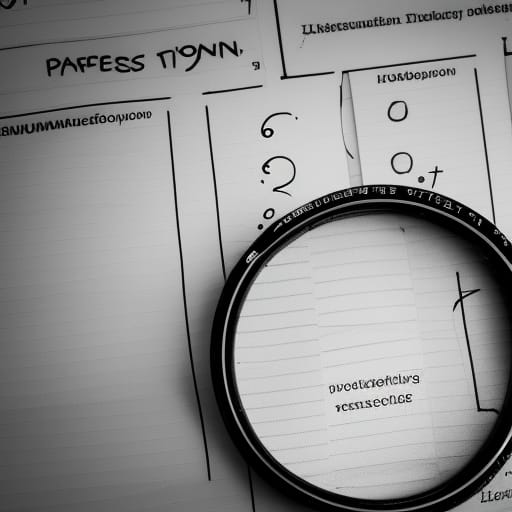Since the beginning of April, my primary mission has been to document the Reference Architecture specification, which will drive our business. One important lesson I learned in the past year, while observing the executives direct the organization, is to deliver simple messages. People need simple terms to remember complex chains of thought. That is why naming (branding) is so crucial to success. It is also a key to the success of any strategy.
The mission that I set myself to accomplish was to distill the myriad strategic messages handed down from executives into two simple messages. Then, to expand those messages into a technical architecture for executing on the strategy. As I was waiting for the bus today, I came to the realization that these two strategic messages are as applicable to ordinary life as they are to the success of our business. So I present them here.
Focus: Concentrate your investments on your core business. Understand your strengths and use them to your advantage; avoid over-extending yourself into endeavors that expose your weakness. Do what you are good at, and leave all other things to those, who are better at doing them. Compete to win; do not bother fighting battles that you cannot win. You have limited resources and time—invest them wisely. Don’t waste your time and money.
Agility: The pace of change is mind-boggling today, and it is accelerating. Prepare to adapt quickly to a changing environment. Designs that encapsulate variation will win out over those that entrench how we understand things today. Evolution weeds out those, who cannot adapt to change. Embrace agility or become extinct.
Focus and agility. These two words are worth about usd$130 million to us. You get them for free.


